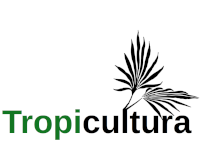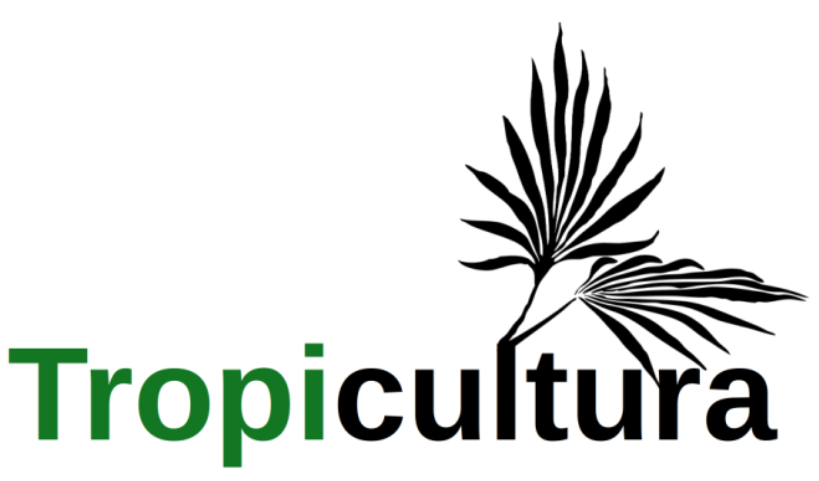- Accueil
- Volume 34 (2016)
- fascicule 1
- Understanding Market Participation Choices and Decisions of Maize and Cowpea Farmers in Northern Nigeria
Visualisation(s): 255 (0 ULiège)
Téléchargement(s): 56 (0 ULiège)
Understanding Market Participation Choices and Decisions of Maize and Cowpea Farmers in Northern Nigeria

Document(s) associé(s)
Version PDF originaleRésumé
Alléger la pauvreté et réduire l'insécurité alimentaire sont devenus des points d’attention critiques pour de nombreux chercheurs en Afrique sub-saharienne. La participation des agriculteurs aux marchés agricoles a été perçue comme une bonne stratégie pour améliorer leurs moyens de subsistance. Cette étude a appliqué un modèle économétrique à la réalisation d’une enquête agricole dans les états de Bauchi et Kano pour déterminer les facteurs expliquant les décisions des agriculteurs à participer au marché agricole; et la part des récoltes destinées à la commercialisation. Les états de Bauchi et Kano sont les principales zones de culture de maïs et de niébé avec une forte présence du Striga, un des principaux parasites racinaires des céréales. Les données ont été obtenues auprès de 600 ménages dans les deux états et un modèle « Double-Hurdle » a été utilisé pour analyser les résultats. Cette analyse montre que les facteurs liés et non liés au prix ont joué un rôle majeur dans la prise de décision concernant la participation aux marchés du maïs et du niébé. La taille des ménages et la taille totale des exploitations, le prix et la facilité de transport grâce à l'accès à des véhicules motorisés, ont été positivement corrélés à la prise de décision de participer au marché du maïs. A Kano plus qu’à Bauchi, la quantité de maïs vendue a été influencée par les facteurs socio-économiques et ceux liés à l'accès au marché. L’âge du chef de ménage et la taille totale de l’exploitation ont été significativement corrélés à la décision de participer au marché du niébé. Les résultats de deuxième niveau du modèle indiquent que l'utilisation du téléphone portable et la localité présentent une corrélation positive avec la quantité de niébé vendue. Le prix était considéré dans les deux marchés comme un catalyseur à la participation des ménages. L’étude recommande l’adoption d’une politique visant à offrir de meilleures possibilités de marché aux agriculteurs, en vue d’améliorer leur bien-être dans le nord du Nigeria. Cela pourrait, également, être un modèle pour les autres zones de l’Afrique de l'ouest ayant les mêmes conditions socio-économiques et biophysiques.
Abstract
Alleviating poverty and reducing food insecurity have received close critical attention from many researchers in sub-Saharan Africa. Farmers’ participation in agricultural markets has been seen as a potent strategy for improving their livelihoods. This paper applies econometrics to farm survey data from Bauchi and Kano states as major maize and cowpea growing areas hit by one of the most important root parasites known as Striga to determine the factors behind farmers’ decisions about participation in the agricultural market and the volume of their output to be marketed. Relevant data was collected from 600 households in both states and results from the Double-Hurdle model indicated that price and non-price constraints played significant roles in determining decisions on participation in the markets for both maize and cowpea. Household and total farm sizes, price and ease of transportation through access to motorized equipment were positively related to decision to participate in the maize market. However, the volume of sale of traded produce was influenced by location-specific variable which underscores socio-economic and population-related factors favoring market access that are present more in Kano than in Bauchi. Age of the household head and total farm size were significantly related to decision to participate in the cowpea market while results of the second stage of the model indicate that access to mobile phone and location variable affect positively the volume of cowpea sold. The role of price was conspicuous in both produce markets as the main incentive for households’ participation. The paper concludes with policy implications aimed at providing better market opportunities to farmers thereby improving their welfare in northern Nigeria and other areas with similar socio-economic and bio-physical conditions in West Africa.







